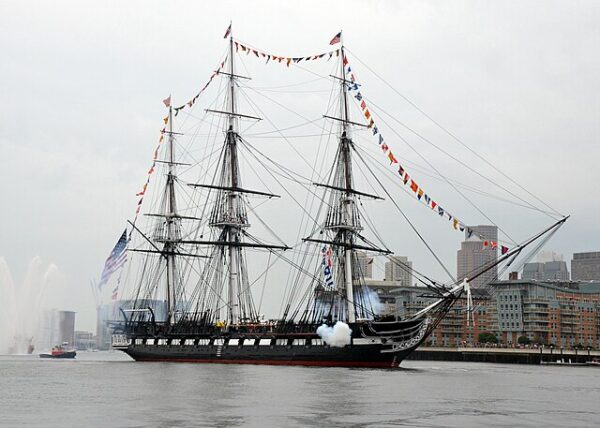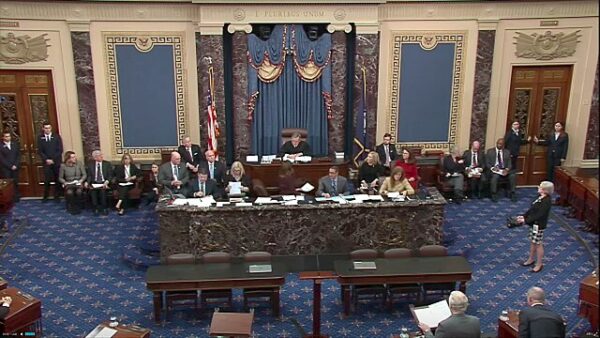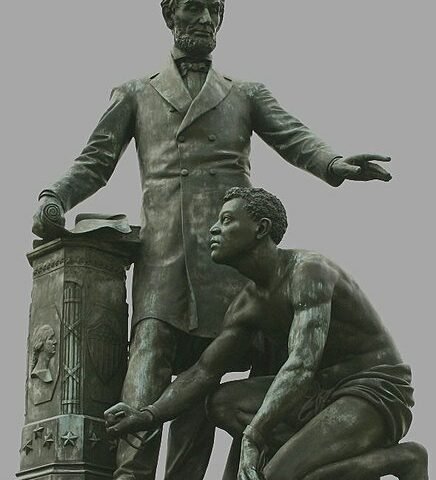In the early years of the United States, the issue of establishing a permanent navy was a matter of considerable debate and concern. The fledgling nation, emerging from its War of Independence, recognized maritime power’s importance for defense and commerce and took action. On March 27, 1794, the United States Congress passed the Naval Act of 1794, a landmark legislation that marked the birth of the United States Navy as a permanent institution.
The Naval Act authorized the construction of six frigates, which would form the backbone of the new navy. These frigates were to be formidable warships, capable of projecting American power on the high seas and defending the nation’s interests. The decision to build six frigates was not arbitrary; it was a carefully considered number that reflected the strategic needs and resources of the young republic.
The six frigates authorized by the Naval Act were the USS United States, USS Constitution, USS Constellation, USS Chesapeake, USS Congress, and USS President. Each of these vessels would play a significant role in shaping the early history of the United States Navy and would become legendary in their own right.
Construction of the frigates began shortly after the passage of the Naval Act, with shipyards across the young nation tasked with building these mighty warships. The process was not without its challenges; resources were limited, and skilled shipbuilders were in short supply. Nevertheless, the construction of the frigates proceeded, albeit at a slower pace than initially anticipated.
The USS United States, launched in 1797, was the first of the six frigates to enter service. It was followed by the USS Constitution and the USS Constellation, both of which were launched later that same year. These three frigates formed the core of the nascent United States Navy and were instrumental in protecting American merchant ships from pirates and privateers operating in the Atlantic and Mediterranean.
The remaining three frigates, USS Chesapeake, USS Congress, and USS President, were completed in the early 1800s. Like their predecessors, these frigates played vital roles in safeguarding American interests abroad and projecting American power on the world stage. They participated in numerous engagements, including the Quasi-War with France and the Barbary Wars, earning a reputation for their speed, firepower, and seaworthiness.
The establishment of a permanent navy and the construction of the six frigates represented a significant milestone in the history of the United States. It signaled the nation’s commitment to maintaining a strong maritime presence and protecting its interests on the high seas. Furthermore, it laid the foundation for the development of the modern United States Navy, which would go on to become one of the most powerful naval forces in the world.
The legacy of the six frigates lives on to this day. The USS Constitution, in particular, remains in commission as the oldest commissioned warship afloat in the world, a testament to the enduring strength and resilience of the United States Navy. The establishment of a permanent navy and the construction of these frigates represent a pivotal moment in American history, shaping the nation’s identity as a maritime power and laying the groundwork for its future as a global superpower.






